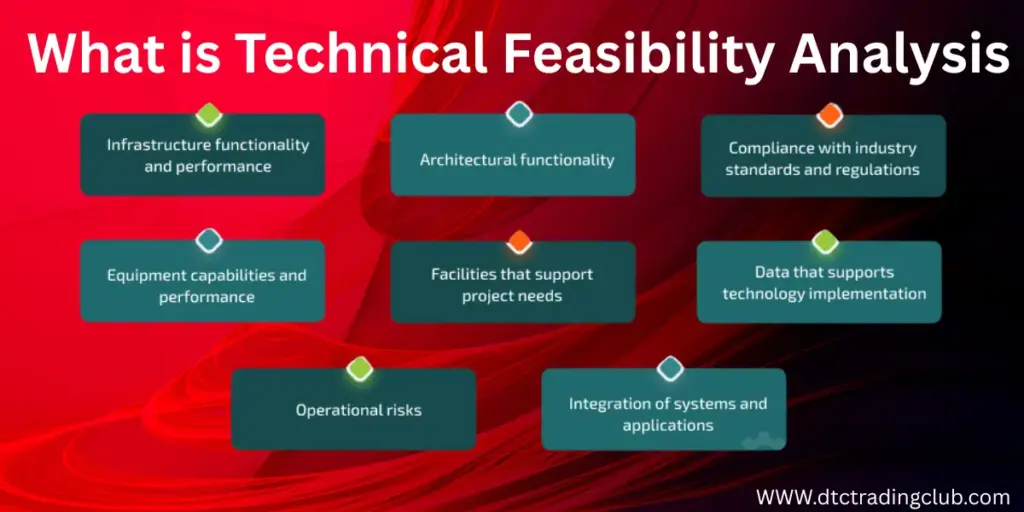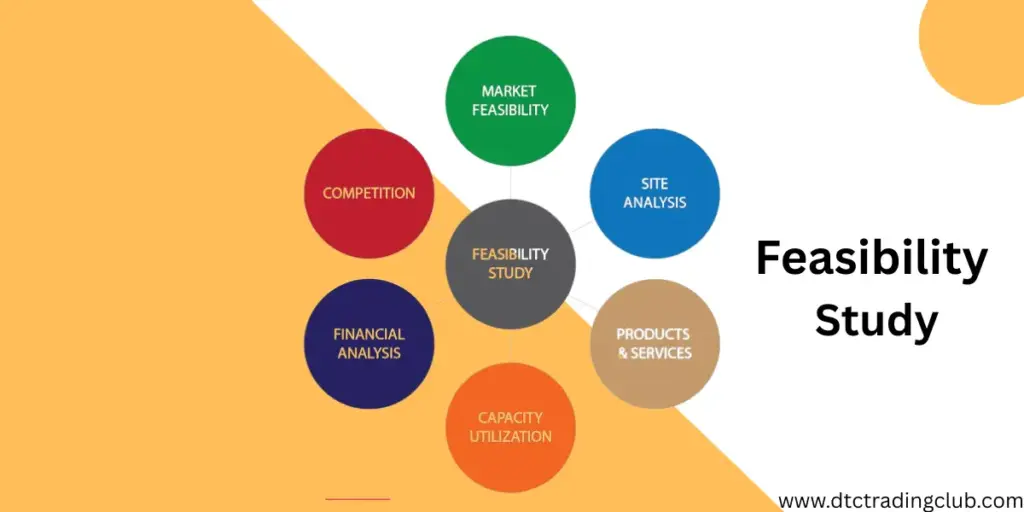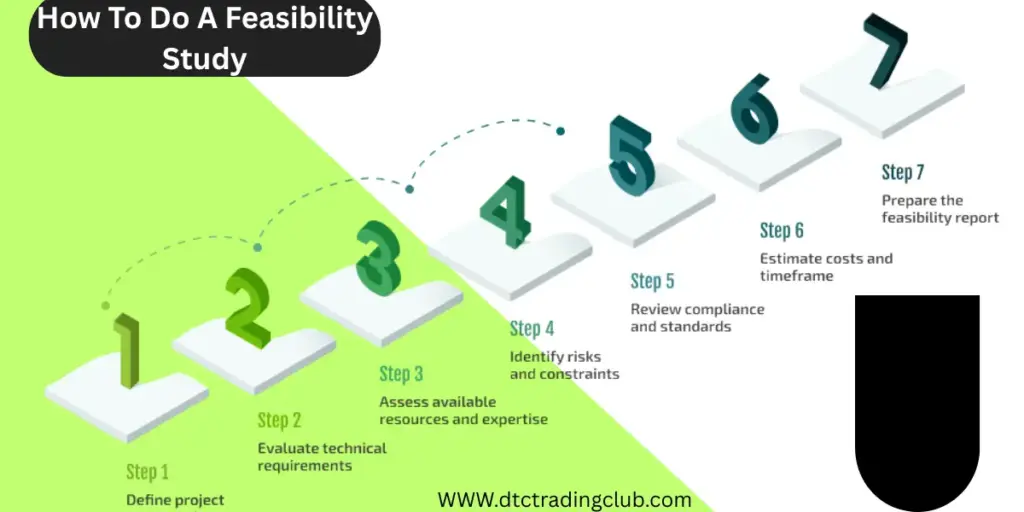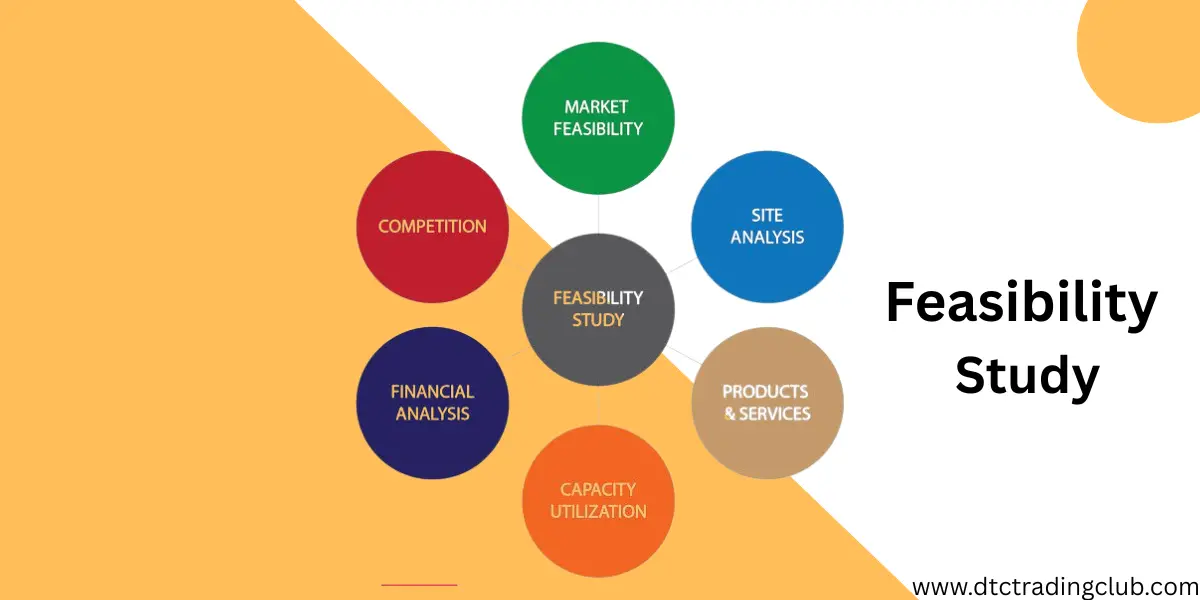Introduction
Before starting any project whether in software development, construction, product design, or business strategy it’s essential to ensure that your idea is technically possible. That’s where technical evaluation
comes in. This blog will explore the top 5 strong facts about what is technical feasibility analysis is, why it’s critical, how to conduct one, and what key elements to include. Whether you’re an entrepreneur, a project manager, or a student, understanding this topic can save time, money, and frustration.

Table of Contents
What is a Feasibility Study?
A project viability report is a comprehensive assessment of the practicality and potential success of a proposed project or business idea. It covers five key areas.
- Technical Feasibility
- Economic Feasibility
- Legal Feasibility
- Operational Feasibility
- Scheduling Feasibility
Among these, technical feasibility lays the groundwork. If a project isn’t technically possible, the rest of the evaluation becomes irrelevant.
Fact 1: Technical Feasibility Analysis Is the Backbone of Project Planning
What is technical feasibility analysis? It’s a structured process that determines whether a project can be developed and deployed using existing technology, technical skills, resources, and infrastructure. It’s a key part of a broader feasibility study, which also includes financial, legal, operational, and scheduling assessments.
A technical feasibility assessment answers questions like:
- Do we have the necessary technology?
- Is our team technically capable of delivering the solution?
- Can our current infrastructure support this project?
- Are there any technical constraints or limitations?
Without this analysis, a project is likely to face technical roadblocks that could lead to delays, budget overruns, or complete failure.
Fact 2: Technical Feasibility Is Part of a Larger Feasibility Study

Many people confuse technical feasibility with a complete feasibility review. But in reality, it is only one of several components:
- Technical Feasibility – Can we build it?
- Economic Feasibility – Can we afford it?
- Operational Feasibility – Will it work in our environment?
- Legal Feasibility – Are there regulatory concerns?
- Scheduling Feasibility – Can we deliver on time?
Each part plays a crucial role, but the technical aspect often serves as the foundation. If a project isn’t technically feasible, then financial and operational planning becomes irrelevant.
Fact 3: A Proper Technical Feasibility Study Can Prevent Project Failure
According to the Project Management Institute (PMI), one of the top reasons for project failure is a lack of clear requirements and feasibility assessment. A proper technical feasibility study minimizes the risk by identifying potential technical challenges early in the project lifecycle.
Case Study Example:
A startup planning to launch a video streaming app underestimated server requirements. As traffic grew, the app crashed repeatedly, leading to poor reviews and customer loss. Had they conducted a technical feasibility study, they could have implemented scalable cloud infrastructure from the start.
Benefits of Doing It Right:
- Avoids rework and technical debt
- Builds trust with investors
- Speeds up development by providing a clear path
Fact 4: How to Do a Feasibility Study (With a Focus on Technical Feasibility)
Here’s a step-by-step guide on how to do a technical feasibility review:
1. Define Project Objectives
- What problem is being solved?
- What are the expected outcomes?
2. List Technical Requirements
- Hardware and software needed
- Security, performance, and scalability expectations
3. Evaluate Current Resources
- Assess your current infrastructure and tools
- Evaluate team skills and gaps
4. Identify Risks and Limitations
- Are there risks in adopting new technology?
- Are there licensing issues?
5. Estimate Time and Cost
- Calculate how long storywill take and what it will cost
6. Prepare a Feasibility Report
- Summarize findings and provide a go/no-go recommendation
Tools You Can Use:
- Lucidchart for flow diagrams
- Microsoft Project for planning
- Google Sheets or Excel for cost estimation
- JIRA or Trello for task management
Fact 5: Technical Feasibility Directly Impacts Long-Term Success

Projects that ignore technical feasibility often struggle post-launch. They face issues like poor scalability, limited integration, and expensive maintenance. On the other hand, those that undergo robust technical feasibility evaluation:
- Launch faster with fewer setbacks
- Scale smoothly as demand grows
- Reduce long-term maintenance costs
Note: Integrate your technical feasibility report into your business plan or investor pitch to demonstrate thorough planning.
Key Elements to Include in a Technical Feasibility Report
- Technology Stack Overview – What tools and platforms will be used?
- Team Skills and Roles – Who will build the solution?
- Infrastructure Readiness – Is your environment production-ready?
- Third-Party Dependencies – APIs, vendors, or libraries involved
- Security and Compliance – Data protection, regulations
- Scalability Plan – Can it handle growth?
- Testing and QA Strategy – How will quality be ensured?
Expert Tips to Make Your Feasibility Study Stand Out
- Use data to support decisions: Include benchmarks, reports, and case studies.
- Collaborate with technical experts early in the process.
- Revisit the study after any major project pivot or scope change.
- Include risk mitigation strategies and backup plans.
In-Depth Analysis of Feasibility Why It Matters for Every Project
Feasibility isn’t a single concept—it involves a full analysis of feasibility from multiple angles. Before starting any major initiative, understanding whether your idea can be executed within given constraints is vital.
- Technical aspects – Can we build it with our current tools and team?
- Financial aspects – Do we have enough budget and ROI potential?
- Legal aspects – Are there regulatory hurdles?
- Operational aspects – Will this fit into our day-to-day process?
- Time-related aspects – Can it be done in the required timeframe?
READ MORE:
- Union Bank Share Price 2025 Big Target & Forecast
- Tesla Stock Price Prediction 2030 – Big Gains or Huge Risks?
FAQS:
1. What is the difference between a feasibility review and technical feasibility?
ANSWER: A feasibility review is a broad assessment that looks at different aspects of a project — including technical, economic, legal, operational, and scheduling factors.
Technical feasibility focuses only on whether the project can be done from a technical point of view — like having the right tools, technology, and skills.
2. Who coachesa technical feasibility assessment?
ANSWER: Typically, technical leads, system architects, engineers, and project managers work together to conduct the study.
3. How long does a technical feasibility review take?
ANSWER: Depending on the complexity of the project, it can take anywhere from a few days to several weeks.
4. Is technical feasibility only for IT projects?
ANSWER: No. While it’s common in IT, any industry construction, healthcare, manufacturing—can use it to assess the technical doability of a plan.
5. What tools help in technical feasibility review?
ANSWER: Tools like Microsoft Project, JIRA, Trello, Lucidchart, and cost-estimating software can aid in feasibility analysis.
6. How often should a feasibility analysis be updated?
ANSWER: It should be updated after significant changes in project scope, technology, or budget.
Conclusion
Technical feasibility assessment is more than a checklist—it’s a strategic tool. By understanding what it is and how to do it right, you set your project up for success. Whether you’re building an app, designing a new product, or expanding infrastructure, make this analysis your first step.
Don’t just ask if your idea is good ask if it’s doable. Because feasibility isn’t just about dreaming big—it’s about building smart.
